Elevate your nursing skills with the 2025 Wilson Clinical Reasoning Questions for Nurse 1145 Final Exam: Expert Review and Preparation Guide! Designed specifically for nursing students facing the Nurse 1145 Final Exam, this guide sharpens your clinical reasoning through targeted questions and expert insights. It’s the perfect tool to build confidence and ensure you’re ready for the challenges of the exam.
What’s inside to help you excel:
-
Clinical Reasoning Questions: Thought-provoking questions tailored for the Nurse 1145 Final Exam.
-
Expert Review: Insights and strategies from experienced nursing educators.
-
Comprehensive Preparation: Covers key concepts and scenarios for the 2025 exam.
-
Practical Format: Structured to enhance critical thinking and decision-making skills.
-
Exam-Focused Content: Aligns with the Nurse 1145 curriculum for targeted prep.
Get exam-ready—master clinical reasoning and ace the 2025 Nurse 1145 Final Exam with this expert guide!
Preview
1. A patient has edema and redness of the skin surrounding the nail on his right
index finger. Which data elected from his history best explains this condition?
A. He has a family history of liver disease.
B. There has been a scabies outbreak among his family members.
C. He has a new full-time position as a dishwasher at a local restaurant.
D. He had several warts removed from his hand two years ago.
Correct answer: C. He has a new full-time position as a dishwasher at a local
restaurant.
Rationale: Working as a dishwasher involves frequent exposure to water and cleaning
agents, which can irritate the skin and cause inflammation around the nails, possibly
leading to conditions like paronychia (infection of the nail fold), which could explain the
edema and redness.
2. When examining a 16-year-old male patient, the nurse notes multiple pustules
and comedones on the face. The nurse recognizes that increased activity of which
cells or glands produced these manifestations?
A. Epidermal cells
B. Eccrine glands
C. Apocrine glands
D. Sebaceous glands
Correct answer: D. Sebaceous glands
Rationale: Sebaceous glands are responsible for producing sebum, an oily substance
that, when overproduced or blocked, can result in acne, characterized by pustules (pus
f
illed lesions) and comedones (blackheads and whiteheads), especially common
during adolescence.
3. A patient with darkly pigmented skin has been admitted to the hospital with
hepatitis. What is the best way for the nurse to assess for jaundice in this patient?
A. Inspect the color of the sclera.
B. Inspect genitalia for color.
C. Blanch the fingernails.
D. Jaundice cannot be assessed in patients with darkly pigmented skin.
Correct answer: A. Inspect the color of the sclera.
Rationale: Jaundice is best assessed in the sclera (white part of the eyes), which tends
to turn yellow with elevated bilirubin levels, even in patients with darkly pigmented skin.
This method provides the most reliable indication of jaundice.
4. A patient has multiple solid, red, raised lesions on her legs and groin that she
describes as “itchy insect bites.” How does the nurse document these lesions?
1. Wheals
2. Bullae
3. Tumors
4. Plaques
Correct answer: 1. Wheals
Rationale: Wheals are raised, red, itchy lesions often caused by allergic reactions, such
as insect bites. They are transient, meaning they typically resolve within hours, and are
described as hives or welts.
index finger. Which data elected from his history best explains this condition?
A. He has a family history of liver disease.
B. There has been a scabies outbreak among his family members.
C. He has a new full-time position as a dishwasher at a local restaurant.
D. He had several warts removed from his hand two years ago.
Correct answer: C. He has a new full-time position as a dishwasher at a local
restaurant.
Rationale: Working as a dishwasher involves frequent exposure to water and cleaning
agents, which can irritate the skin and cause inflammation around the nails, possibly
leading to conditions like paronychia (infection of the nail fold), which could explain the
edema and redness.
2. When examining a 16-year-old male patient, the nurse notes multiple pustules
and comedones on the face. The nurse recognizes that increased activity of which
cells or glands produced these manifestations?
A. Epidermal cells
B. Eccrine glands
C. Apocrine glands
D. Sebaceous glands
Correct answer: D. Sebaceous glands
Rationale: Sebaceous glands are responsible for producing sebum, an oily substance
that, when overproduced or blocked, can result in acne, characterized by pustules (pus
f
illed lesions) and comedones (blackheads and whiteheads), especially common
during adolescence.
3. A patient with darkly pigmented skin has been admitted to the hospital with
hepatitis. What is the best way for the nurse to assess for jaundice in this patient?
A. Inspect the color of the sclera.
B. Inspect genitalia for color.
C. Blanch the fingernails.
D. Jaundice cannot be assessed in patients with darkly pigmented skin.
Correct answer: A. Inspect the color of the sclera.
Rationale: Jaundice is best assessed in the sclera (white part of the eyes), which tends
to turn yellow with elevated bilirubin levels, even in patients with darkly pigmented skin.
This method provides the most reliable indication of jaundice.
4. A patient has multiple solid, red, raised lesions on her legs and groin that she
describes as “itchy insect bites.” How does the nurse document these lesions?
1. Wheals
2. Bullae
3. Tumors
4. Plaques
Correct answer: 1. Wheals
Rationale: Wheals are raised, red, itchy lesions often caused by allergic reactions, such
as insect bites. They are transient, meaning they typically resolve within hours, and are
described as hives or welts.

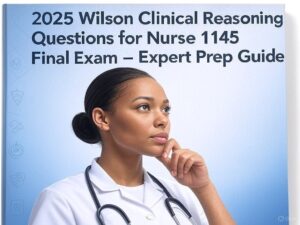


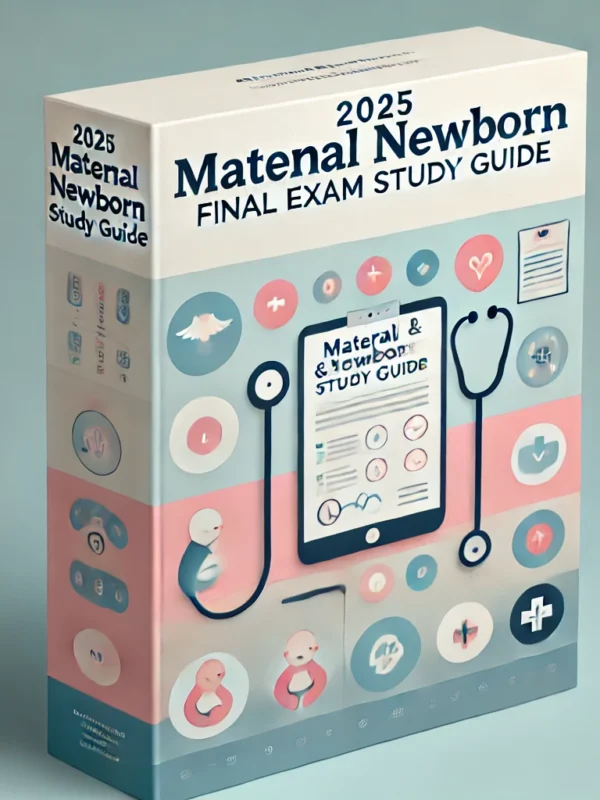
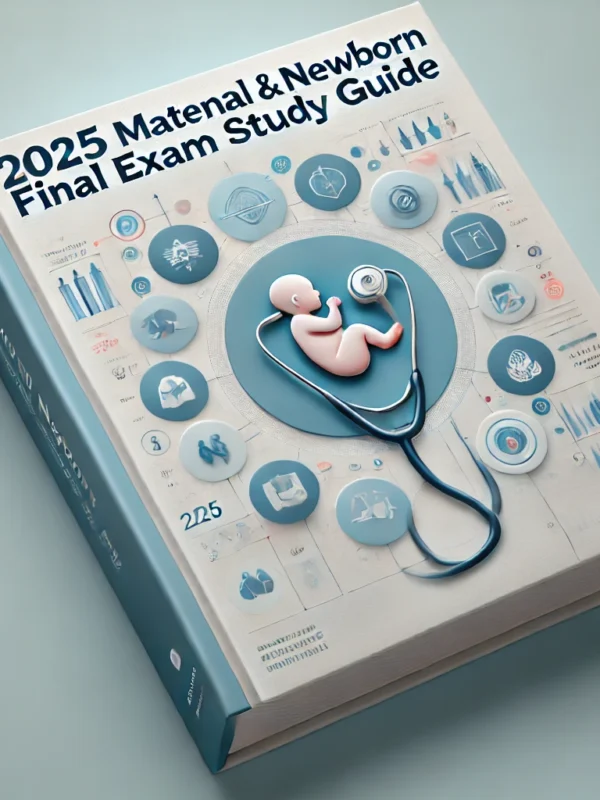


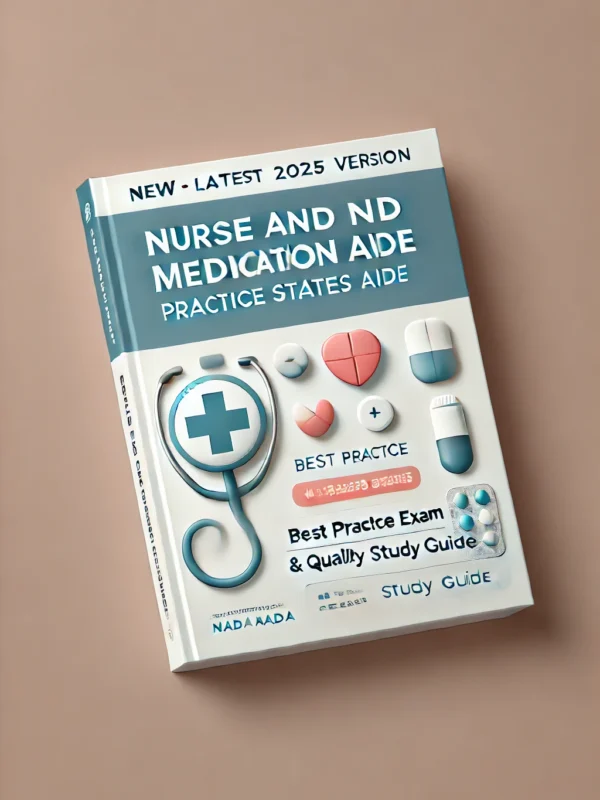

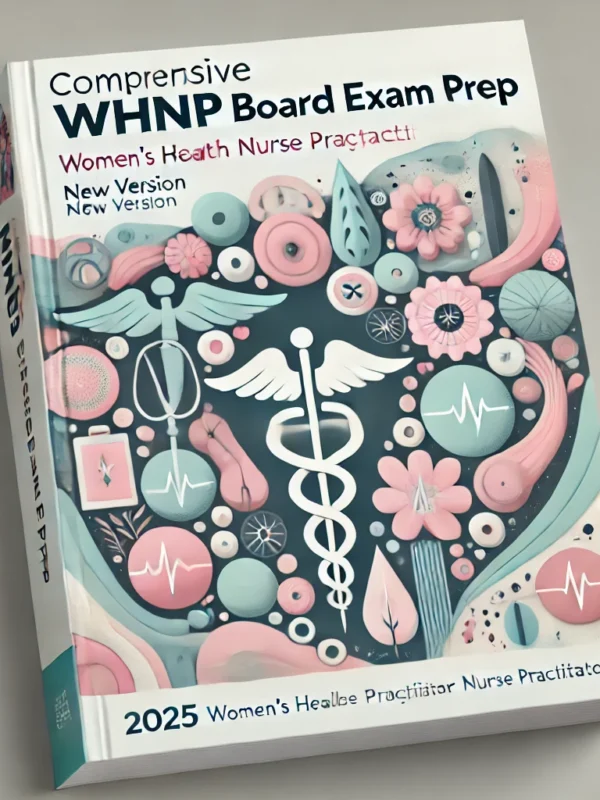
Reviews
There are no reviews yet.